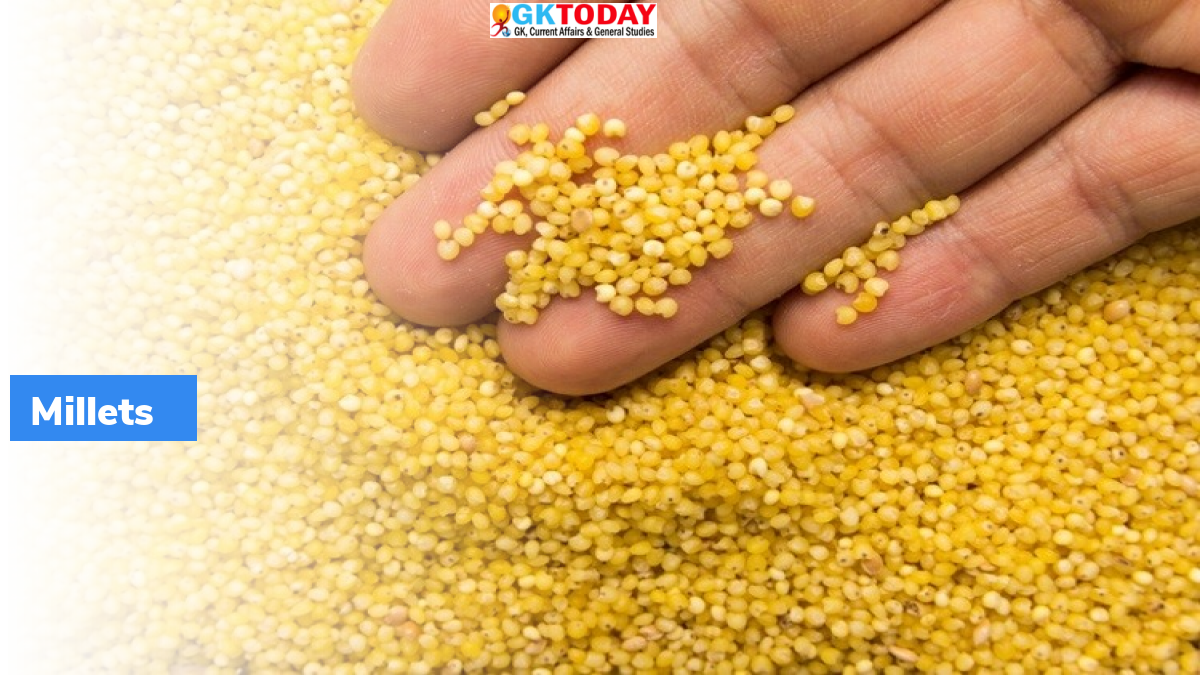NITI Aayog’s “Promoting Millets in Diets: Best Practices across States/UTs of India” Report
NITI Aayog, the Indian government’s policy think-tank, recently released a report titled “Promoting Millets in Diets: Best Practices across States/UTs of India.” The report highlights the good and innovative practices adopted by state governments and organizations in various aspects of the millet value-chain, with a particular focus on production, processing, and consumption.
Themes Covered in the Report
The report is divided into three themes, including State Missions and initiatives to promote millets, Inclusion of millets in ICDS, and Research and development and use of technology for innovative practices. The report provides a set of good and innovative practices that have been adopted by state governments and organizations across these themes.
State Missions and Initiatives to Promote Millets
The report highlights various missions, programs, and initiatives adopted by different States/UTs to boost production and consumption of millets. Odisha Millet Mission, launched in 2017, has been the flag bearer in this regard, as it simultaneously focuses on production, processing, consumption, marketing, and inclusion of millets in government schemes. There are additional noteworthy millet initiatives, including the Comprehensive Revival of Millet Cultivation by Tribals in Andhra Pradesh, the Chhattisgarh Millet Mission, and the Bhavantar Bharpayee Yojana of Haryana.
Millet Production in India
India produces all nine commonly known traditional millets, including Sorghum, Pearl Millet, Finger Millet, Foxtail Millet, Proso Millet, Little Millet, Barnyard Millet, Browntop Millet, and Kodo Millet. Millets are highly secure crops for small farmers due to their ability to withstand climatic changes, including hot and dry conditions.
Reasons for the Decline in Millet Cultivation
The cultivation of different types of millets in India has been diminishing due to various factors. The emphasis on rice and wheat over millet farming and the lack of appropriate measures for promoting millets have resulted in discouraging millet farmers. Additionally, the lower profit margins associated with millet production compared to other crops have also played a role in this decrease. Moreover, the crops’ relatively shorter shelf life raises issues related to storage and increases the likelihood of spoilage. Changes in lifestyle and consumer tastes, coupled with the unavailability of ready-to-eat millets, have further contributed to lower demand.
Purpose of the Report
The report serves as a guiding repository to revive and mainstream millets in our diets. It highlights the best practices adopted by state governments and organizations across India, which can be replicated to promote millets’ production, processing, and consumption. The report is an essential step towards reviving the lost glory of millets, and it is hoped that it will contribute to a more sustainable and healthy food system in India.
Month: Current Affairs - May, 2023
Category: Reports & Indexes Current Affairs


